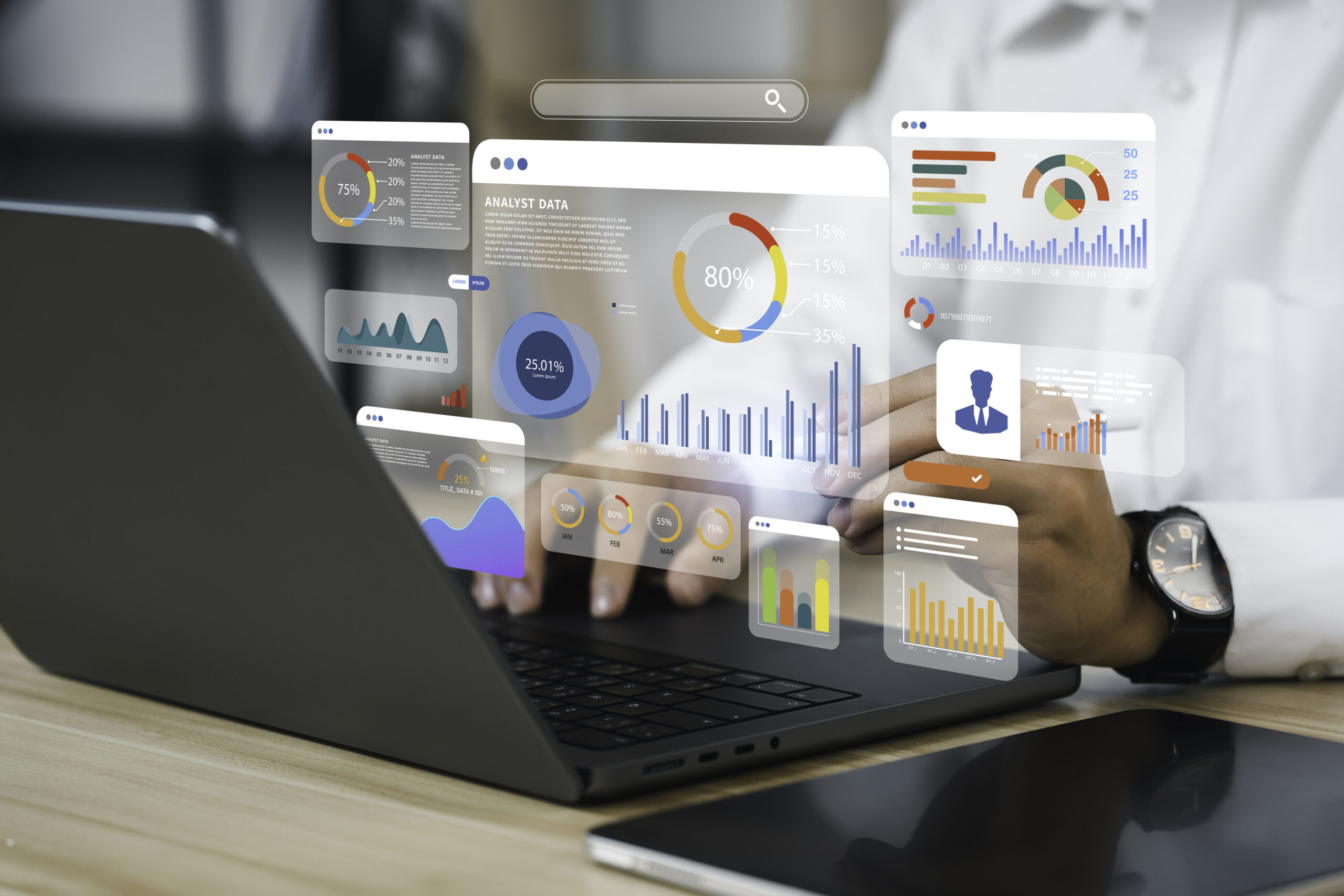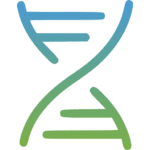As the business environment constantly changes, and workforce data continues to rapidly increase, people analytics is becoming essential for HR Business Partners (HRBPs).
Collecting data on its own is not enough: you need to be able to interpret it in order to find out what’s causing problems and plan for future developments and then convince stakeholders to act.
You need to be able to deliver the strategic advice that business leaders need and support them to get more from their talent.
Here we take a closer look at people analytics, why it matters and what you need to know about this crucial skill.
What is People Analytics?
People analytics is all about leveraging data to optimise the employee experience, boost productivity and improve the structure of the organisation.
While people analytics has been around for years, it was previously limited to large enterprises with equally large budgets. Now it’s available to smaller organisations, and it’s a skill increasingly in demand.
Sometimes called HR analytics or workforce analytics, people analytics involves collecting HR data and organisational data and converting it into valuable insights that can be used to make improvements to how business is carried out.
Data is extracted from your HR tools and collected and transformed into powerful visualisations that that can then be used to highlight important information and recommend solutions between managers and employee.
Why is people analytics important?
It’s not just about improving HR functions. Instead, it provides valuable insights that help companies to achieve their goals and improve their success. People analytics plays an integral role in decision making by providing deep insights into how to make improvements to the workforce.
Leaders can use the findings from analytics to improve hires, employee retention, learning and compensation among other things. Using people analytics ensures you are making decisions based on facts so big decisions are not left to chance.
6 Steps to Getting Started with People Analytics
People analytics brings so many benefits that it is becoming an essential skill for HRBPs. By being skilled in people analytics, you can bring so much more to the organisations you work for.
But how should you get started? Here are some of the essentials to keep in mind.
Get Support Within Your Organisation
Is your organisation really ready for people analytics? While it can have a huge impact on success, it has to be done properly, and that means the organisation will have to make changes.
Part of people analytics focuses on statistics and data, but most of it is actually about change management. This is not always easy because it involves a shift in organisation.
You will need to find support within the organisation in the shape of managers who have already invested in analytics and who are regularly making efforts to increase efficiency. These are your data champions and they can help you to build your case.
Find Out What Data You Have Access To
You need to find out what data you can use, which means the data that is readily available in your HRIS system. You don’t want to be in an endless quest for data because it will take up too much of your time. Focus on what you already have and use that. If you don’t have the data you need, you may need to invest in new software.
Choose the Right Analytics Solution
Using the right solution is essential if you want to get access to the correct data and present the findings effectively to stakeholders. Some solutions are more user-friendly than others, and this will help you to find the important information, patterns and connections that will essentially translate into better decisions.
It’s better to use a solution that provides clear visualisations and interpretations of the data, especially if it will be used by managers and the HR department because it will transform raw data into something easy to understand and turn into actionable insight, because you don’t only want to answer ‘what does this data mean?’ but also ‘what action can I take?
There are lots of BI tools out there to choose from like Microsoft Power BI, Tableau, Sisense and Lattice. You may already be using one of these, but if not, it’s worth looking into other solutions.
The best analytics tools go beyond the basics and help you to make connections between, for example, recruiting practices and the outcomes for the business, which attributes lead to the best hires or how to identify employees who are more likely to leave.
Be clear about your key message
When you collect data, you need to make sure it gets put to good use. It can take from days to months to collect and analyse data, interpret it and gather insights to help answer important questions. But you also need to prepare how the insights are communicated, and this can take a significant amount of time.
It can be hard for the stakeholders to work out the key message, especially when they lack the context. You need to translate potentially months of work into actionable information that is quick and easy to take in without dumbing it down.
Visually communicate insights
Firstly, don’t make things too complicated. It’s important to present the data using clear visualisations that make complex issues easy to understand for time-pressed stakeholders. That’s why it’s so important to use an analytics solution that makes this easy.
Clear visuals will make it a lot easier to communicate insights and recommendations to your audience effectively so you don’t waste all that hard work. But excellent data visualisation is not enough on its own – you also need to tell a compelling story with the data to get your point across and make people take action.
Data storytelling is an important skill to learn. Stories are used everywhere in marketing, and they are also important when interpreting data. The fact is, people react better to stories because stories are more memorable.

Storytelling with data simply involves using the data to find the tension, create a narrative and then provide a resolution. Don’t just present the data – present a narrative and potential solutions. It’s a much more effective way to get the attention of stakeholders and encourage them to take action.
In summary, you need to use excellent data visualisation and storytelling to communicate your message clearly and make data-driven recommendations to ensure your insights and all your hard work result in people taking action.
Develop Your People Analytics Skills
People analytics is already playing a big role in HR, and it’s only going to become more important over the coming years. As a result, HRBPs should focus on developing their people analytics skills. By doing so, you will be able to provide greater value to business leaders, improve your prospects and future-proof your career.







